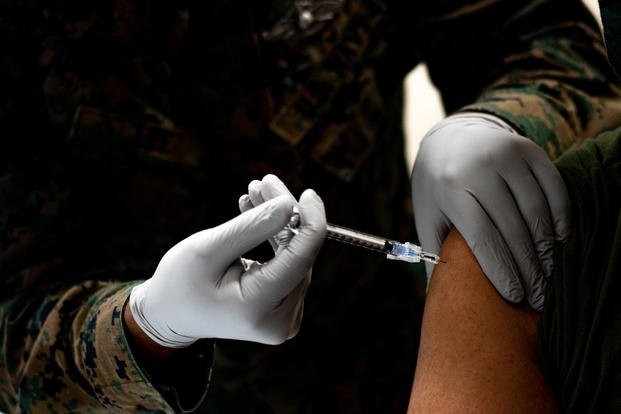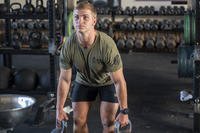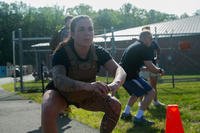If you have had vaccines or flu shots in the past, you may remember the typical soreness many feel in the shoulder area. This COVID shot is no different as they tend to “go in deep” to get the shot into muscle tissue, so you may feel some tenderness.
Personally, my second shot was not as bad as I expected it to be, but I kept moving, worked out and was drinking more than a gallon of water a day during the first few days. Some experience more than just tenderness to a point that touching or lying on it while sleeping hurts.
Barring any serious flu-like symptom reactions to the shot, here are some ideas to get over those first few days of aches, stiffness or pains in order of importance:
1. Hydrate
Drink water in greater amounts than usual. Being super-hydrated has helped many reduce the “hangover-like” symptoms the day after the shot was administered. If you wake up with a very dry mouth or chapped lips, you are behind the eight-ball and need to play catch up the rest of the day. Place a gallon of water in the refrigerator and continue to fill your cup throughout the day as often as you can.
2. Hot or Cold Compress on an Injection Site
If the site is red or warm to the touch, use a cold compress or cool damp cloth to relieve some pain. If it’s normal to the touch but sore when you move, a heating pad can help make the shoulder feel less sore, and you will be more apt to move and stretch it.
3. Get Moving
Keep moving the arm throughout the day. In fact, schedule a normal workout and make it an upper-body day if you work out regularly. If you do not do much exercise, you should move the arm and shoulder joint gently with the following exercises:
Arm and Shoulder Stretches. Pull your arm across your chest to stretch the shoulder. Then lift the shoulder overhead. If you have difficulty doing that, place your hand on a wall and walk your fingers up the wall until you feel the stretch, then hold each stretch for 10-15 seconds. Repeat several times throughout the day.
Shoulder Exercises. With light weight or no weight at all, mix in as many of the following exercises to help you work on range of motion and get the blood flowing deep in the shoulder area to help relieve any bruising pain from the injection site.
Jumping Jacks. The classic jumping jack will get the heart pumping blood throughout your body and help loosen the shoulder area as well.
Lateral raises. With your hands by your sides, lift your arms so your hands are level with your shoulders. Keep the arms straight. Change the angle of your wrist so your palms are facing downward for 10-20 repetitions and facing away from your body for 10-20 repetitions.
MJDB #1. The multi-joint dumbbell exercise is center-focused on the shoulder in multiple planes of motion. Give this a try for 10-20 reps with or without weight.
The PT Reset. Exercises such as the Rev Push-ups (20), Birds (20) and arm haulers (20) are great shoulder exercises that will open the shoulder capsule in multiple angles and help you work through some soreness in the shot area.
If you are up for doing some cardio, mix in something that requires an arm swing, such as power walking, jogging, swimming or working out on an elliptical machine. Try treading water with just your hands or do jumping jack-like movements underwater to work the shoulders with some water resistance.
My answer for the first two shots was to try to keep as much the same as possible. My normal workout of pull-ups, push-ups, dips and a few of the above exercises mixed with both running and swimming remained on the schedule, and I accomplished my goals with few aches or pains. I did have to force water more than normal, as I felt a bit dehydrated overnight for a few days.
Luckily for me and my family members, we had no reactions to the shot, but remember there are common reactions, such as soreness, headache, chills, fever and fatigue. However, if you think you have an allergic reaction and find you have difficulty breathing; swelling of the mouth, eyes or tongue; and redness or rashes on body parts not injected, then you should call 911 and ask for medical assistance.
Shoulder Workout Advice from Stew
Stew Smith is a former Navy SEAL and fitness author certified as a Strength and Conditioning Specialist (CSCS) with the National Strength and Conditioning Association. Visit his Fitness eBook store if you’re looking to start a workout program to create a healthy lifestyle. Send your fitness questions to stew@stewsmith.com.
Want to Learn More About Military Life?
Whether you're thinking of joining the military, looking for fitness and basic training tips, or keeping up with military life and benefits, Military.com has you covered. Subscribe to Military.com to have military news, updates and resources delivered directly to your inbox.


















